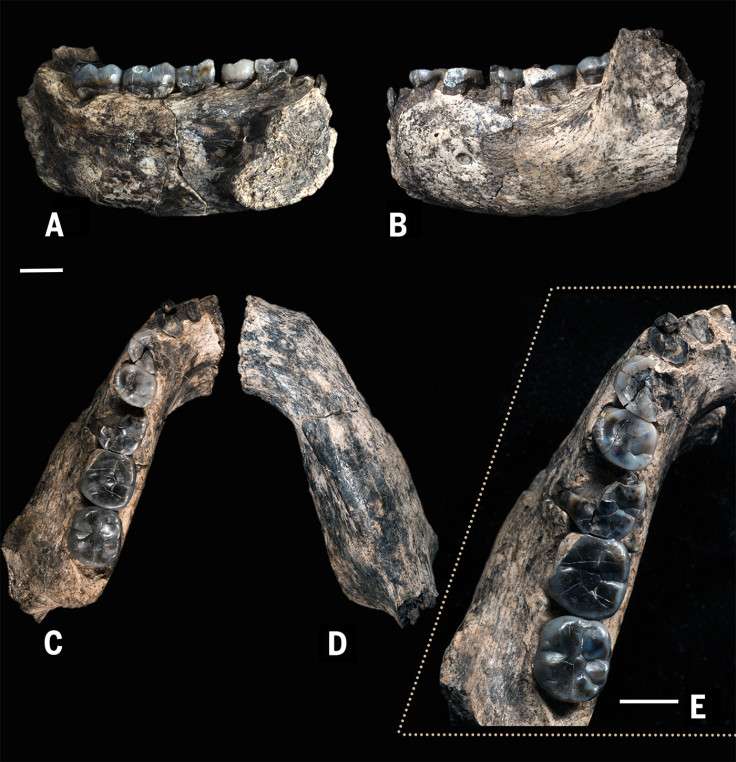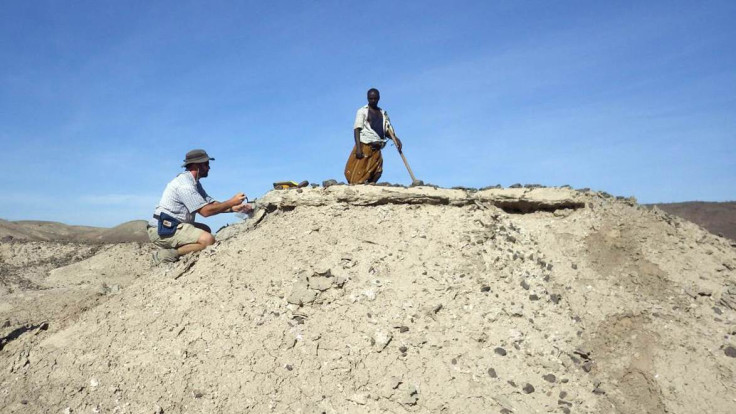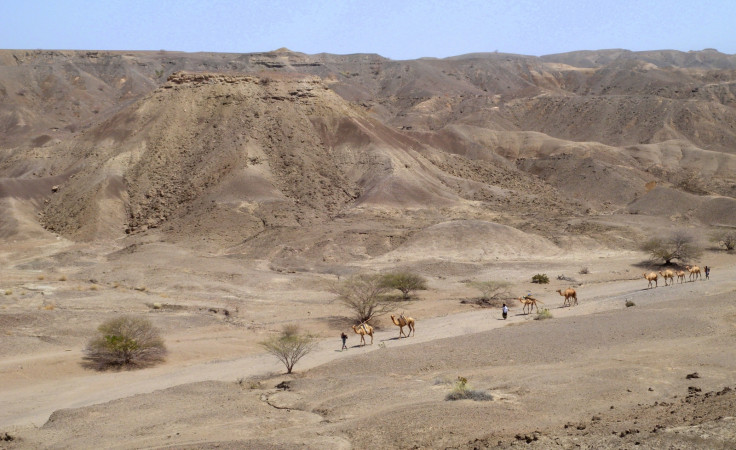Dawn of humanity: Earliest Homo fossil ever pushes back human evolution 400,000 years
The earliest ever fossil from the Homo genus – which would eventually give rise to humans – has been discovered, pushing back our evolution by 400,000 years.
Scientists working in the Ledi-Geraru site in Tanzania came across a jaw bone from an extremely early species of Homo in 2013. It was found just lying on the ground by a graduate student.
It had features more closely related to later species of Homo than the earlier Australopithecus, suggesting this was the origin of mankind's lineage.
Published in the journal Science, two separate studies looked at the fossil known as LD 350-1. One examined the features of the jaw, while the other looked at the environment that the species would have lived in at the time.

Analysis showed the fossil dated to about 2.8 million years ago. Prior to this, the earliest Homo specimen lived between 2.3 and 2.4 million years ago.
For decades, scientists have been searching for fossils that document the earliest phases of the Homo lineage, but the record between 2.5 and three million years has been poor, with just a few samples that were very poorly preserved.
The jaw bone and teeth
While it still had features of the primitive Australopithecus (which includes the Lucy fossil), its teeth aligned far closer with early Homo species.
Five teeth still intact were found along with the left side of the lower jaw. Fossil analysis revealed it had slim molars, symmetrical premolars and an evenly proportioned jaw that distinguished it as an early species of Homo, like Homo habilis.
Brian Villmoare of the University of Nevada, Las Vegas, who analysed the fossil, said: "To have a glimpse of the very earliest phase of our lineage's evolution is particularly exciting."

Speaking to IBTimes UK, he said this Homo species would have evolved from Australopithecus: "They didn't need the larger molars anymore. The molars are an adaptation to the specific diet that Australopithecus would have had and whatever it was that required those big molars was no longer required when Homo came about.
"When you get to later Homo at two million years, they have tools for pre-processing their food, you have larger brains so they can solve dietary problems differently. We don't have the stone tools right now at that site and we don't have cranial samples, but it's not inconsistent with the idea that there's some adaptation that requires a physical response and maybe some behavioural changes."
Changing environment
By studying the geological features of the area where the fossil was found, scientists were able to show that it would have been mostly grasslands and shrubs, with some gallery forests nearby – similar to the Serengeti plains and far from the forests Australopithecus came from, and one which this earlier species would not have coped well in.
There were rivers and lakes and animals also inhabiting the area would have included hippos, fish, crocodiles and antelope. The whole area was dominated by species that were able to survive in more open habitats.
The authors note that climate change 2.8 million years ago led to increased African aridity – a period that is believed to have stimulated species appearances and extinctions. This, they say, could also have given rise to the earliest species of Homo.

"We can see the 2.8 million year aridity signal in the Ledi-Geraru faunal community," said research co-leader Kaye Reed. "But it's still too soon to say that this means climate change is responsible for the origin of Homo. We need a larger sample of hominin fossils, and that's why we continue to come to the Ledi-Geraru area to search."
The scientists now plan to look at what changes could have led Homo to evolve from Australopithecus. In theory, adapting to a changing landscape as is seen at Ledi-Geraru is the most likely candidate: "In other words they had to move out of the forest because the forest disappeared. So you're trying to solve the problem of having to survive," Villmoare said.
"It is true that evolutionary change in animals in general is often driven by a shift in the climate. That's just a universal pattern.

"[The fossil] tells us that early Homo was present by 2.8 million years ago ... We were living like apes in a forest environment and then the environment changed ... Climate is the number one candidate and we just have to work through all of that now."
Reed added: "What we do know is that this early Homo could live in this fairly extreme habitat and that apparently, Lucy's species could not."
Andrew Sugden, deputy editor of Science, said: "The editors of Science are very excited to be publishing this amazing new chapter in human evolution in Africa which expands our understanding not only of human origins, but the environment in which our ancestor emerged."
© Copyright IBTimes 2025. All rights reserved.






















